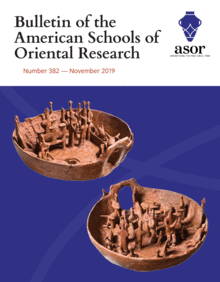Abstract
The archaeological site of Tell Tayinat in the province of Hatay in southern Turkey was the principal regional center in the Amuq Plain and North Orontes Valley during the Early Bronze and Iron Ages. This paper focuses on the latest known period of occupation at Tayinat, which during the Iron Age was the Syro-Anatolian city of Kunulua. In 2004, following a 67-year hiatus, the University of Toronto’s Tayinat Archaeological Project (TAP) resumed excavations at the site. Here we present the preliminary results of TAP’s investigations of the Iron Age II and III settlement, including the topography of the 1st millennium settlement, super- and sub-structural remains associated with Building II (a temple first discovered in the 1930s), a second, newly discovered temple (Building XVI), part of a large Assyrian-style courtyard building, and the remains of additional monumental architecture on the Iron Age citadel. The terminal phases of these structures date to the Iron Age III period, or the late 8th and 7th century occupation of Kunulua following the Assyrian conquest in 738 b.c.e., and collectively point to the transformation of Kunulua’s royal citadel into a Neo-Assyrian provincial administrative center, a pattern witnessed at contemporary sites elsewhere in southeastern Anatolia and northern Syria.
Publication Type
- Article



